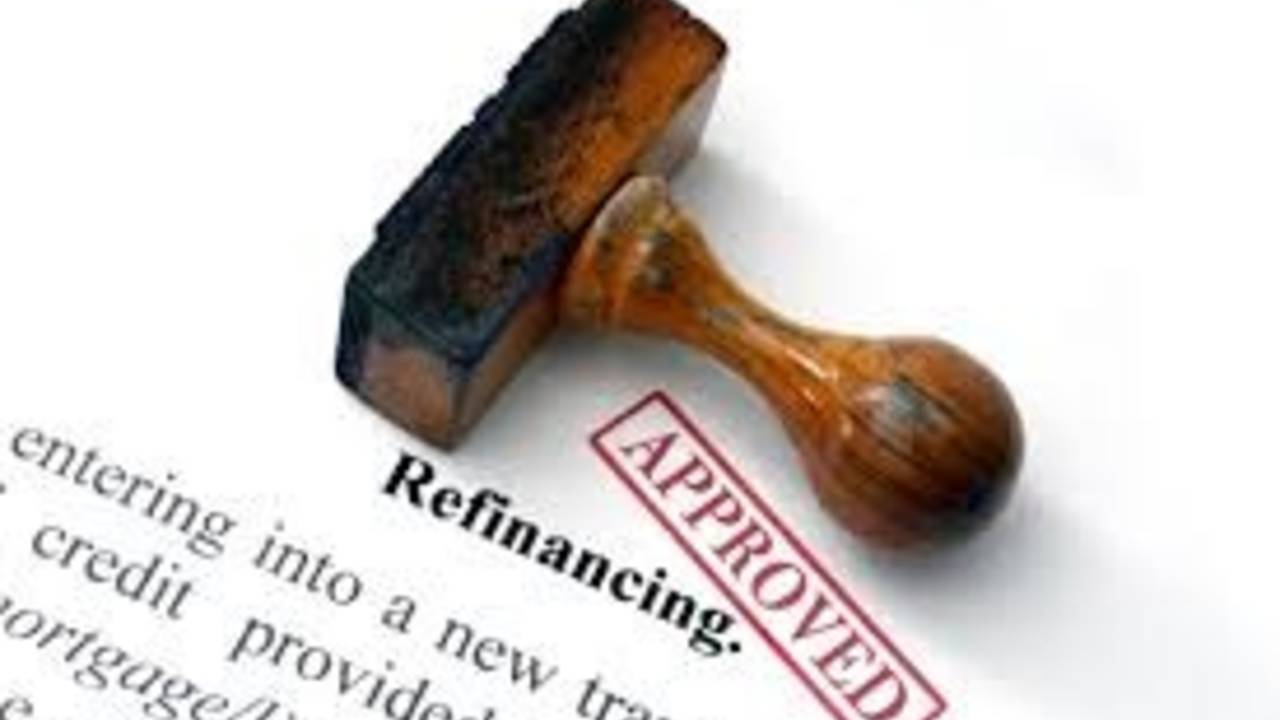Understanding Refinancing
 What is a Mortgage?
What is a Mortgage?
A mortgage is a loan used for real estate, plain and simple. A creditor, which could be a person, a bank, a company, a credit union or some other entity lends you money, at interest, with the real property as collateral. Billions and billions of mortgages are given out each year.
With so many mortgages being given out it is no surprise that they are not all the same. The term “negotiate a mortgage” refers to this. Mortgages are customizable. For example the nature of your interest rate (i.e. fixed-rate or adjustable-rate), the number of years in your loan (i.e. term) and even what you pay in mortgage closing costs can be negotiated.
So what is Refinancing?
Over time your needs may change. You may no longer like the terms of your mortgage that you negotiated. Fortunately there is a solution, it is known as refinance.
Refinancing your property means to replace your current mortgage with a new one.
You can choose to work with any bank, credit union, individual or mortgage broker you want. It does not have to be your current lender.
Often people choose to refinance to get a lower mortgage rate, but it could also be to use the equity in their property for paying off credit card debt, to obtain money for large purchases (funding home improvement, college costs, purchase a new car, etc..), to eliminate the payment for private mortgage insurance, or simple to get a lower interest rate.
Typically it does not take as long to close on a refinance as, on an original mortgage and can require less paperwork.
Types of Refinance
Rate-and-Term refinance
As the name implies what is being changed here is either the rare of the mortgage, the term or both.
For example, in a rate-and-term refinance, a homeowner may refinance from a 30-year fixed rate mortgage into a 15-year fixed rate mortgage; or, may refinance from a 30-year fixed rate mortgage at 5 percent mortgage rate to a new, 30-year mortgage rate at 4 percent.
In type of refinance the borrower is limited, by Fannie Mae guidelines, in the amount of cash back they can receive, not more than the lesser of 2% of the new refinance loan amount or $2,000.
"No cash out" refinance mortgages allow for closing costs to be added to the loan balance, so that the homeowner doesn't have to pay costs out-of-pocket.
Most refinances are rate-and-term refinances -- especially in a falling mortgage rate environment.
Cash-Out Refinance
In a cash-out refinance the amount that is borrowed is more than in the prior mortgage, at least 5% more. It may also change the interest rate, or term.
Because the homeowners only owes the original amount to the mortgage lender, the mortgage lender is paid and the "extra" amount is paid as cash at closing, or, in the case of a debt consolidation refinance, directed to creditors such as credit card companies and student loan administrators.
Cash-out mortgages can also be used to consolidate first and second mortgages when the second mortgage was not taken at the time of purchase.
Cash-out mortgages represent more risk to a bank than a rate-and-term refinance mortgage and, as such, carry more strict approval standards. This usually means higher credit scores and a limit to the amount of “cash-out”. Many mortgage lenders will limit the amount of "cash out" in a cash-out refinance mortgage to $250,000.
Cash-In Refinance
Cash-in refinance mortgages are the opposite of the cash-out refinance. With a cash-in refinance, a refinancing homeowner brings cash to closing in order to pay down the loan balance and the amount owed to the bank.
This may result is a shorter term, a lower mortgage rate, or both.
The most common reason a home owner would opt for a cash-in refinance is to access lower mortgage rates.
Loan-to-Value ratios (LTV) are used in the determination of mortgage interest rates. If the LTV can be lowered by 5%, say form 80% to 75%, a borrower may be able to refinance at a lower interest rate.
Another very common reason to cash–in refinance is to eliminate private mortgage insurance (PMI).
Should you refinance?
What has been presented here is only a brief explanation of refinancing to help you better understand some of the concepts in plain English. Whether or not you should refinance is a decision that only you can make and should be done in consultation with financial advisors and mortgage lenders that you trust.


Comments(0)